Blog Posts Tagged Acoustics Module
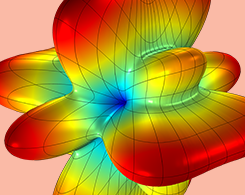
Analyzing a Loudspeaker Array with a Bessel Panel Benchmark Model
Engineers can design optimized loudspeaker arrays and other acoustics systems by analyzing a benchmark model of a Bessel panel system like the one featured in this blog post.
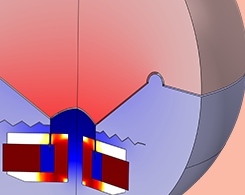
How to Perform a Nonlinear Distortion Analysis of a Loudspeaker Driver
For a thorough and complete analysis of a loudspeaker driver design, acoustics engineers need to perform nonlinear time-domain studies in addition to frequency-domain studies.
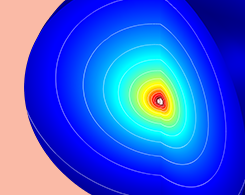
What Is the Doppler Effect?
A siren passes by and you hear a change in pitch. A bug swims across a puddle, causing ripples on the surface. A star in the sky has a reddish hue. These are all examples of the Doppler effect.

Teaching Students About Acoustics Phenomena with Apps
Acoustics concepts and their underlying theories can be difficult for engineering students to visualize. For one university, simulation applications proved to be an effective teaching tool.
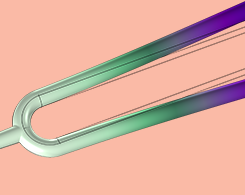
Finding Answers to the Tuning Fork Mystery with Simulation
If you strike a tuning fork and hold it against a tabletop, the peak frequency of the emitted sound doubles. Is there a physical explanation for this “tuning fork mystery”?

How to Use the Boundary Element Method in Acoustics Modeling
Learn advantages and strategies for using the boundary element method (BEM) for acoustics modeling. Plus, we go over a hybrid approach that combines BEM with the finite element method (FEM).

Acoustic Topology Optimization with Thermoviscous Losses
A guest blogger from GN Hearing discusses including thermoviscous losses in the topology optimization of microacoustic devices, such as hearing aids, mobile phones, and metamaterial geometries.
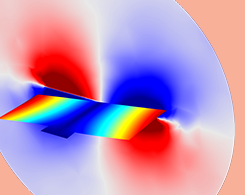
Analyzing the Viscous and Thermal Damping of a MEMS Micromirror
Micromirrors are efficient and inexpensive. Here, we go over 2 types of analyses for a MEMS micromirror design, frequency-domain and transient, using the COMSOL® software.
